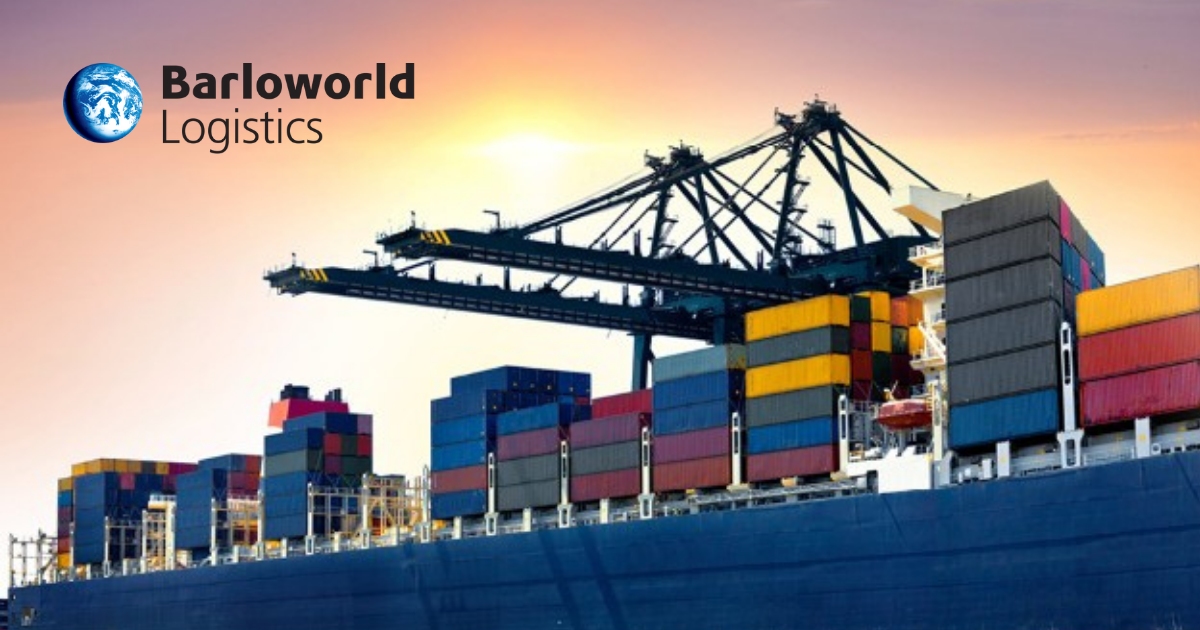
Looking to start importing goods into South Africa? Here’s some helpful information from our freight forwarding experts regarding regulations and considerations to help you get started.
According to Trading Economics Imports in South Africa decreased to 136297.68 ZAR Million in April from 140400.90 ZAR Million in March of 2022.
SA’s main imports are: machinery (23.5% of total imports), mineral products (15.1%), vehicles and aircraft vessels (10%), chemicals (10.9%), equipment components (8.1%) and iron and steel products (5.3%). Main trading partners are: China (18.3%t), Germany (11.5%), United States (6.6%), India (4.7%), Saudi Arabia (4.6%) and Japan (3.4%).
Things to consider when importing goods into South Africa
As with any other country, the local market is governed by specific import regulations, and it is crucial for any organisation looking to bring goods into the country to be aware of, and abide by these, to make the process as easy as possible. In our series of posts, we will be sharing top tips and useful information to those seeking to participate in the South African import economy.
Registering as an importer with SARS
Once you have done your market research and established that a viable demand exists for your imported goods, the next step is to register as an importer with South African Revenue Service (SARS).
How to tell if you need to apply for an import permit
Should your goods fall under controlled goods, used goods, second-hand goods, waste or scrap, you must apply to the International Trade Administration Commission (ITAC) for an import permit. Import permits assist in the control of goods into the country and ensure that the products imported conform to local health, safety, and environmental regulations.
Once you have successfully registered as a legal importer into South Africa, you will be issued with a unique SARS customs code that will allow you to import aligned to your business specialisation. This code is then utilised by your nominated clearing agents during the customs clearance process prior to the arrival of goods into South Africa.
Identifying the right transportation method for importing your goods
Your next step is deciding how to move your goods to South Africa. There are four main methods of transportation: sea, air, road and rail freight. The type of transportation you choose will depend on factors such as type, urgency, distance and overall cost.
Once the mode of transport is established, there are a variety of documents you will need depending on the type of product you are importing and mode of transport selected. There are a few complex procedures that need to be complied with and importers are encouraged to appoint customs brokers, as specialists, to perform these formalities on their behalf. The risk of not doing so, is that your goods will get stuck in customs due to incorrect documentation or procedures.
An overview of some of the basic import documents are:
1. Clearing instructions
The clearance instruction provides the customs broker and customs officials with all the relevant information that is required to submit a valid customs clearance declaration (SAD500). The clearance instruction must be prepared and signed by an employee of the importer.
2. Customs clearance declaration (SAD500)
The purpose of this document is to ensure that imported goods are properly declared to SARS, i.e. exact nature, value and quantity of the goods, seeking SARS permission to release in South Africa on payment of relevant VAT and duties due. These costs will be calculated by SARS every time you request import clearance for a delivery.
3. Commercial Invoice
An invoice is important in any commercial transaction as it details the information about the sale of goods between two parties. With imports, the invoice must show the seller and buyer details, goods description, INCOTERMS, payment method, freight and insurance costs, shipment origin and destination, as well as packing specifications. A pro-forma invoice may be used as a quote in order to obtain an import permit, raise finance or check order details, but a commercial invoice is required for SARS clearance into South Africa.
4. Bill of Lading (sea) / Air waybill (air) / Road or Rail consignment note (road/rail)
These are ‘contracts of carriage’ entered into between the freight carrier and the cargo owner to transport the cargo as per the agreed sale. It is issued by the freight carrier to the shipper on receipt of goods, serving as proof that the carrier is in possession of the goods until delivery as per agreement.
5. Certificate of Origin
This is a document that used to identify the country of manufacture of the products being imported. Among others, the origin of the goods may impact the customs tariff payable according to trade agreements between South Africa and the country of origin.
To talk to an expert about the documentation required for your specific goods, click here.




